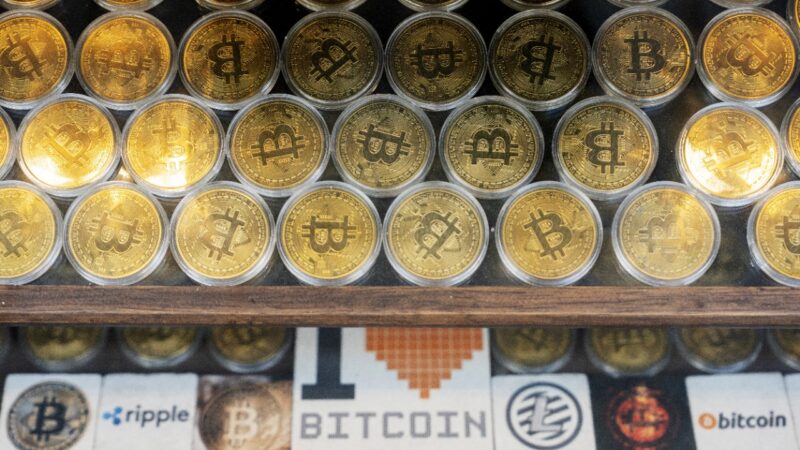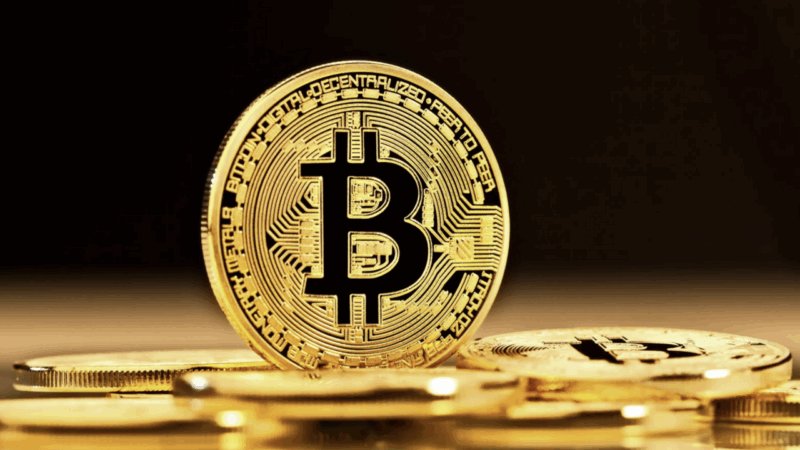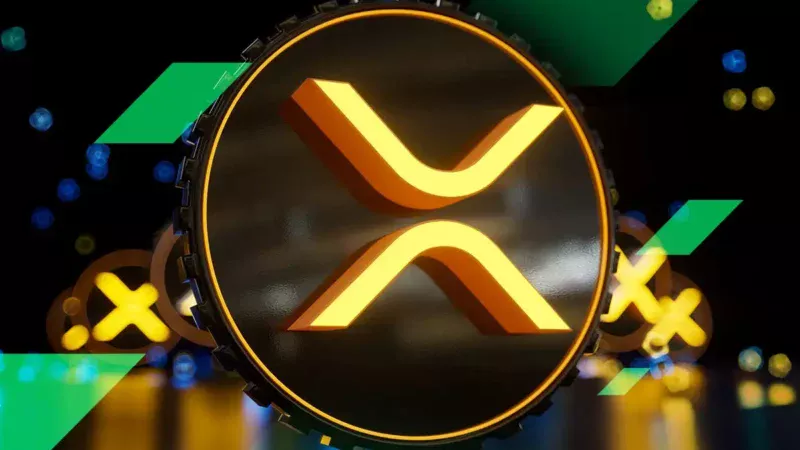What does that mean for crypto?

More and more crypto companies want to advance in the traditional financial world. Ripple, Circle & Bitgo have recently applied for bank licenses.
Crypto companies strive for bank status
In 2025, the efforts of leading crypto companies increase to secure a national bank license in the United States. This shows a strategic realignment of Ripple, Circle and Bitgo. These three players from the field of digital assets have officially confirmed that they have submitted or prepared corresponding applications from the US banking supervision Office of the Compotroller of the Currency (OCC). The goal is to gain regulated access to the US financial system and thus meet the growing requirements of institutional partners.
⚡️JUST IN: RIPPLE TO BRIDGE CRYPTO AND TRADFI
Brad Garlinghouse confirms #Ripple is pursuing a U.S. banking charter (OCC license + Fed Master account) — calling Ripple a bridge between crypto and TradFi.
“We’re not anti-regulation. We want in — the right way.” pic.twitter.com/tiG1cwZG09
– Office area (@coinbureau) July 9, 2025
In a contribution on the platform X, Ripple-CEO Brad Garlinghouse emphasized that in the future one will be monitored with an OCC license both at federal and state levels-via NYDFS. This represents a new level of trust in the StableCoin market. In addition, Ripple has also applied for a so-called master account approval for the Federal Reserve via his daughter Standard Custody in order to receive direct access to the central bank system.
🇺🇸 JUST IN: Circle applies for U.S. national trust bank license. pic.twitter.com/UmMJiUQIPR
— Cointelegraph (@Cointelegraph) June 30, 2025
Circle-the publisher of the USDC stable coin-and the custody service provider Bitgo also see a bank license as a decisive step towards greater integration into the traditional financial sector. Further crypto companies such as Paxos or Coinbase check similar options.
Wow! Coinbase $COIN wants to become a bank?! “A host of crypto firms including Circle and BitGo plan to apply for bank charters or licenses… Crypto exchange Coinbase and stablecoin company Paxos are considering similar moves” pic.twitter.com/Zw89TOs2HU
– Evgeny Kazanin (@Jevgeny) April 21, 2025
Licensed crypto banks may be driving financial revolution
A national bank chart would probably resolve the border between the traditional banking world and the digital asset sector for the first time. If companies such as Ripple, Circle or Bitgo receive a full bank status, they are subject to the same capital controls, balance sheet rules and deposit protection requirements such as classic institutes. This strengthens trust institutional investors because StableCoin reserves could in future be directly at the Federal Reserve or other central banks instead of fragmented trust accounts.
Due to direct access to the Fed's payment system, settlement risks decrease, transfers are finalized around the clock in central bank money. At the same time, new yield models are created: Licensed crypto banks can give loans, offer interest products and integrate tokenization solutions into existing accounts.
This makes the vision of seamless on and off -ramps within reach in which the change between dollars, Stablecoin and Bitcoin in seconds, without third -party providers and without multiple fees.
For the market, this theoretically means deepened regulation, but also a stricter consolidation. Small platforms that the compliance costs cannot afford come under pressure, while licensed heavyweights are allowed to win market shares.
In the long term, a hybrid ecosystem is created in which blockchain structures complement the infrastructure of modern banks instead of replacing them.
While the fundamental adoption of crypto is progressing and more and more crypto companies want to advance in the mainstream, the market is of course also exciting for speculative investors.
In July 2025, it is again memoins that have viral potential. For example, the new trading bot is located Snorter And the Memecoin Token6900 In their pre -sales and experience a first initial demand here. Because despite possible bank licenses and institutional adoption, the speculative market segment will continue to be exciting.




